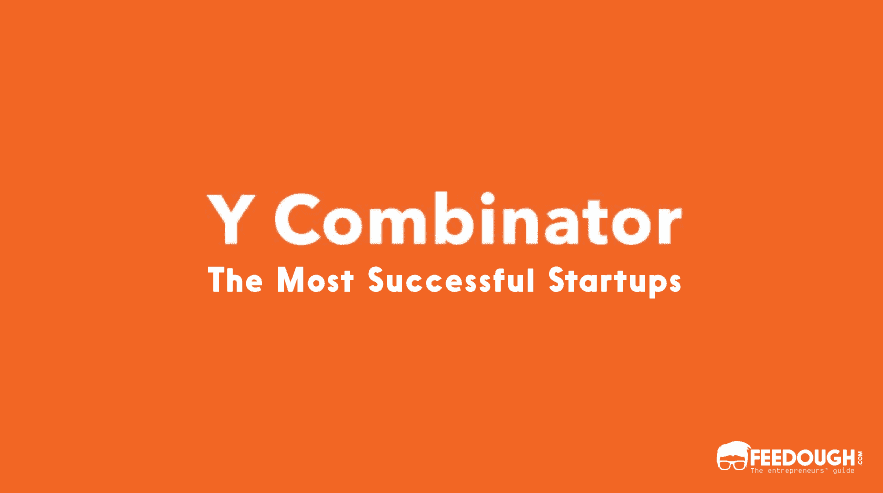Get 1,000s of products from the shops you already shop at, delivered to you on the same day (even within 1 hour) to save your precious time and money. This is how Instacart bills itself as.
The company learnt from the failures of many similar businesses like Webvan which failed due to inefficient inventory management and created a totally different business model which doesn’t rely on inventory at all.
Welcome on-demand groceries.
Instacart has disrupted the grocery markets as we know it. The platform completely took inventory out of the equation and created a model where it only acts as the host and the actual products are stored and sold by the partners and the delivery is fulfilled by its contractors (the shoppers).
This strategy created a highly scalable and appreciable business model where shoppers could serve others in their free time and make money while the customers could save their time by having groceries delivered to them as and when they want.
Before diving deep into how Instacart works and what is Instacart’s business model is, here are few facts and stats about Instacart you should know about:
- Founded on June 1, 2012 by Apoorva Mehta & Max Mullen
- Current Valuation of Instacart: $4.35 Billion
- Total funding received till now: $1 Billion (in 9 funding rounds)
- Available in 2 countries.
According to Forbes, the company has over 500,000 customers and approximately $2 billion in revenue. An average customer uses Instacart twice a month and spends $95 per order. Instacart Express customers, who pay an annual subscription fee of $149 for free deliveries, order at least 4 times a month and end up spending around $5000 a year on Instacart.
Instacart Business Model
Instacart business model is the fusion of e-commerce, on-demand, sharing, subscription and aggregator business model where the operational flow goes in this way:
- the customers choose the store and order the groceries on the Instacart app and/or website,
- the company sends notifications to the shoppers about the order and delivery instructions,
- the shoppers then shop from the store specified by the customer and deliver them the groceries and earn money in the form of commissions (or per hour income) from the company and tips from the customer.
The reason why Instacart succeeded while other startups failed is the removal of the dependence on inventory management. Instacart has a direct partnership with the existing brick and mortar grocery stores and only focuses on providing exceptional on-time delivery service. This partnership strategy also helps Instacart borrow goodwill from the partner stores in terms of the quality of products offered and work on its own goodwill by providing good delivery service.
How Instacart Works?
Instacart has combined the operating model of Uber and Airbnb and has created its own model where sharing exists along with partnerships and a brand image. Here’s a 3 tiered customer strategy of Instacart which will explain this fusion better.
Instacart’s 3-tiered customer strategy
Just like other companies exploiting the aggregator business model, Instacart also has more than one customer segment.
Users
Users are the end consumers of the groceries who order the products through Instacart’s application and/or website. They choose the store which they deem to be most suitable, order groceries, write delivery instructions (delivery time and day, etc.), pay for the groceries and even give tips to the shoppers during the checkout.
Stores
Stores are the major partners of Instacart. Unlike Uber, these partners are listed under their own names and the users have the choice to choose their preferred store.
Instacart has entered into special contracts with these stores where it helps them increase their revenue through online sales via Instacart.
Shoppers (Contractors)
Shoppers are the partners who do the actual job of shopping and delivery. Shoppers are employed on a contractual basis and can even be part time workers. They receive the orders on their smartphone application and do they work assigned to them by the company under the company’s brand.
Instacart entertains two kinds of shoppers:
Full-Service Shoppers: These are independent contractors who shop and deliver the customers’ orders. These contractors are required to have a constant access to a vehicle and a smartphone.
In-Store Shoppers: These shoppers are the part-time employee of Instacart and have a duty to hand select the customers’ orders in-store and bag for pick up. They are also required to have a constant access to a smartphone but doesn’t require a vehicle because they don’t deliver the stuff.
How Does Instacart Make Money?
Instacart doesn’t charge the stores any commission on the online orders placed through their platform. However, the company has others means to earn revenue. These include:
Mark up prices
The prices of certain goods of certain stores have a mark-up of ~20%. The revenue earned from this mark-up goes directly in the Instacart’s pockets and not to the stores’.
Delivery Fees
Instacart delivers every order which has a value equal to or more than $10. However, it imposes a delivery fee of $7.99 for one hour delivery and 5.99 for two hours or any other delivery timing slot.
Surge Pricing (Busy Pricing)
Just like other on-demand startups, Instacart has added a dynamic pricing algorithm to its platform where the delivery charge increases as the demand for that delivery slot increases.
Service Fees & Tips
Previously, Instacart used to charge 10% service charge on every order and gave an option to the customer to tip the shopper (any amount).
The company has recently changed its checkout process and reduced the service charge to 5% (mandatory) and made a 5% shopper tip mandatory as well.
Membership Fee
Instacart has introduced an annual subscription plan (Instacart Express) where the subscribers get unlimited free delivery on every order of $35 or above. They even get to save more by avoiding higher fees at busy hours.
Instacart express comes with a 14-day trial period and the annual subscription is sold at a recurring price of $149.
Revenue from Partners
Costco, Kroger, and over 165 small and large scale businesses have partnered with Instacart to integrate its service within their platform/website. The revenue is generated in the forms of per-order-profits and commissions (if stated in the contract) per order fulfilled by Instacart for every partner platform.
Sources of Expenses for Instacart
The major sources of expenses of Instacart are:
Technological Set-Up Running Costs
The platform depends totally on its application and website. The technological set-up running costs are costs incurred to maintain and manage the application and website.
Marketing & Branding Costs
Instacart provides free delivery for the first order, it also provides in-app coupons and other discounts to attract more customers.
Other marketing costs include advertisements and promotion costs.
Salaries To Permanent & Part-Time Employees
These costs include salaries paid to the permanent employees and also to the part-time shoppers.
Commission Based Payments To Shoppers
Full service shoppers are paid commissions for every order they deliver successfully.
Future Of Instacart
Instacart poses the biggest threat to Amazon and Google when it comes to online grocery shopping. The one hour delivery guarantee has made the company a powerful solution in the US and Canada market, and now with a funding of $1 Billion, there is no looking back for Instacart.
The moulding of the aggregator business model and employing part-time shoppers has even resulted in more confidence from the side of shoppers (workers).
The company has already been ranked at the number 1 spot of America’s most promising company. Let’s see what the future holds.
Go On, Tell Us What You Think!
Did we miss something? Come on! Tell us what you think about our article on Instacart Business Model | How does instacart work & make money? in the comments section.
A startup consultant, digital marketer, traveller, and philomath. Aashish has worked with over 20 startups and successfully helped them ideate, raise money, and succeed. When not working, he can be found hiking, camping, and stargazing.
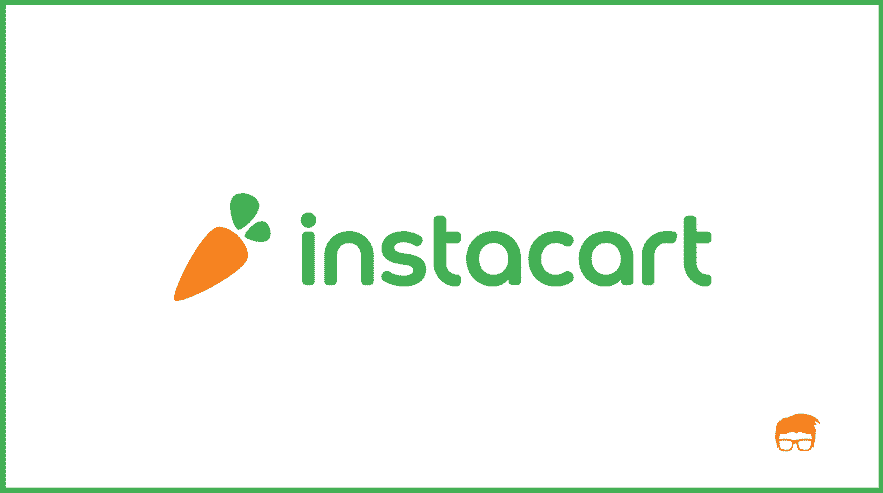
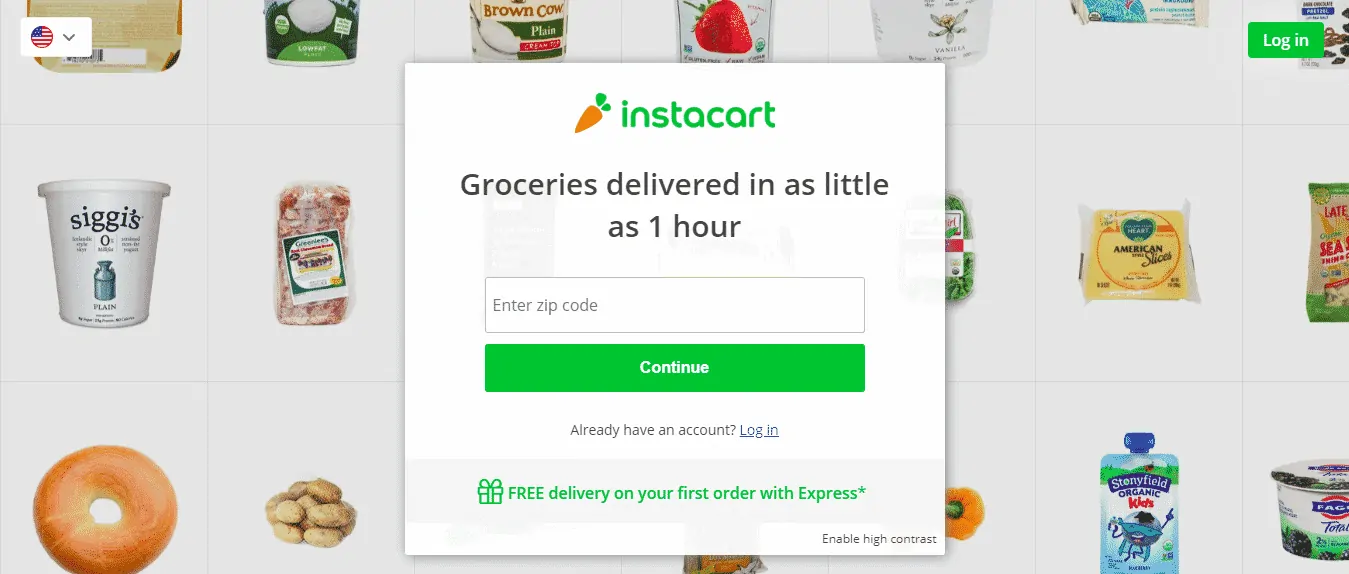

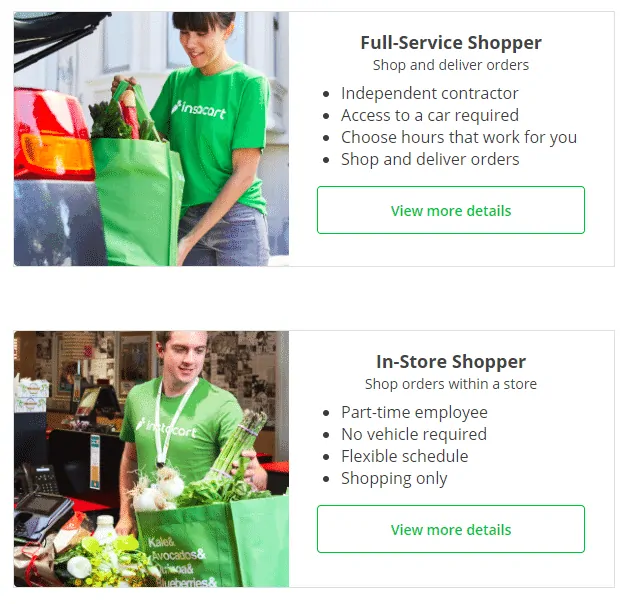
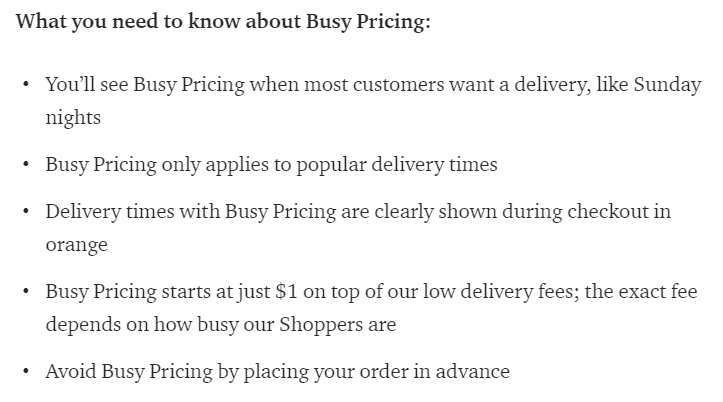
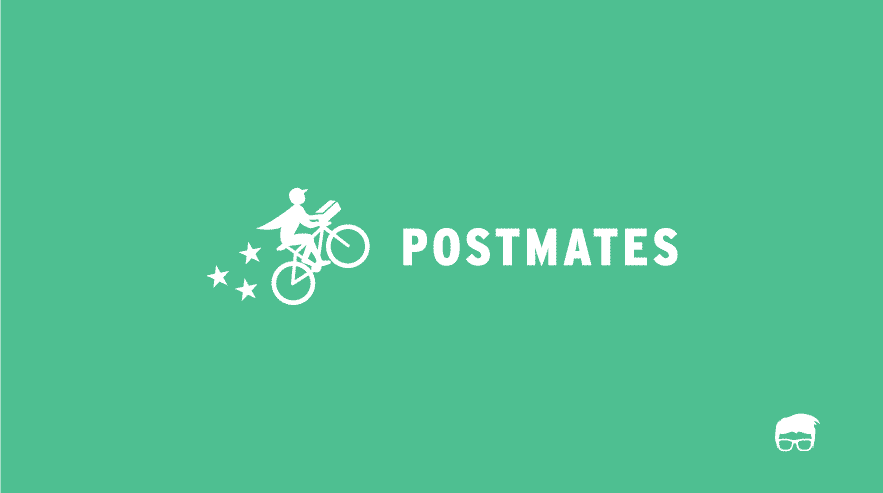
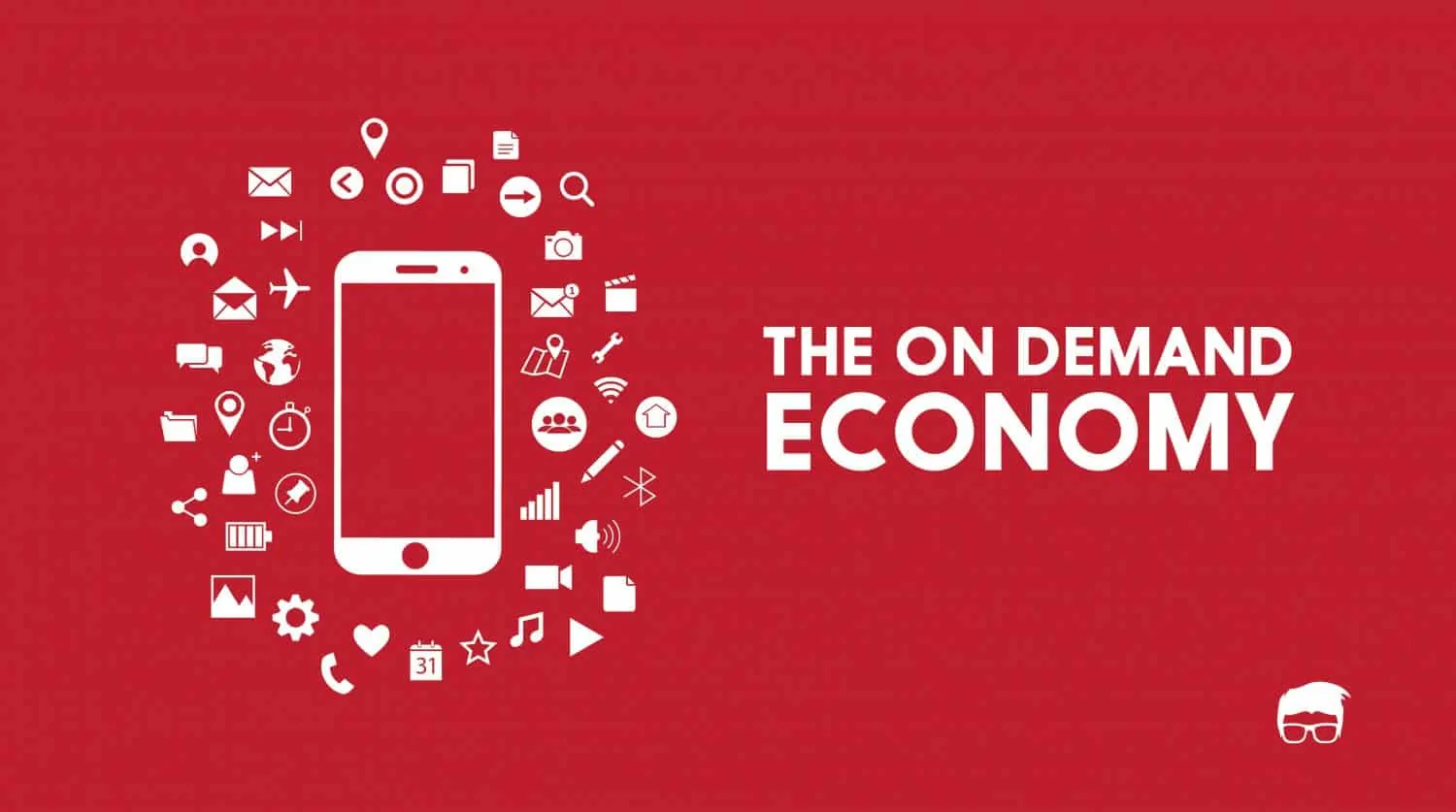
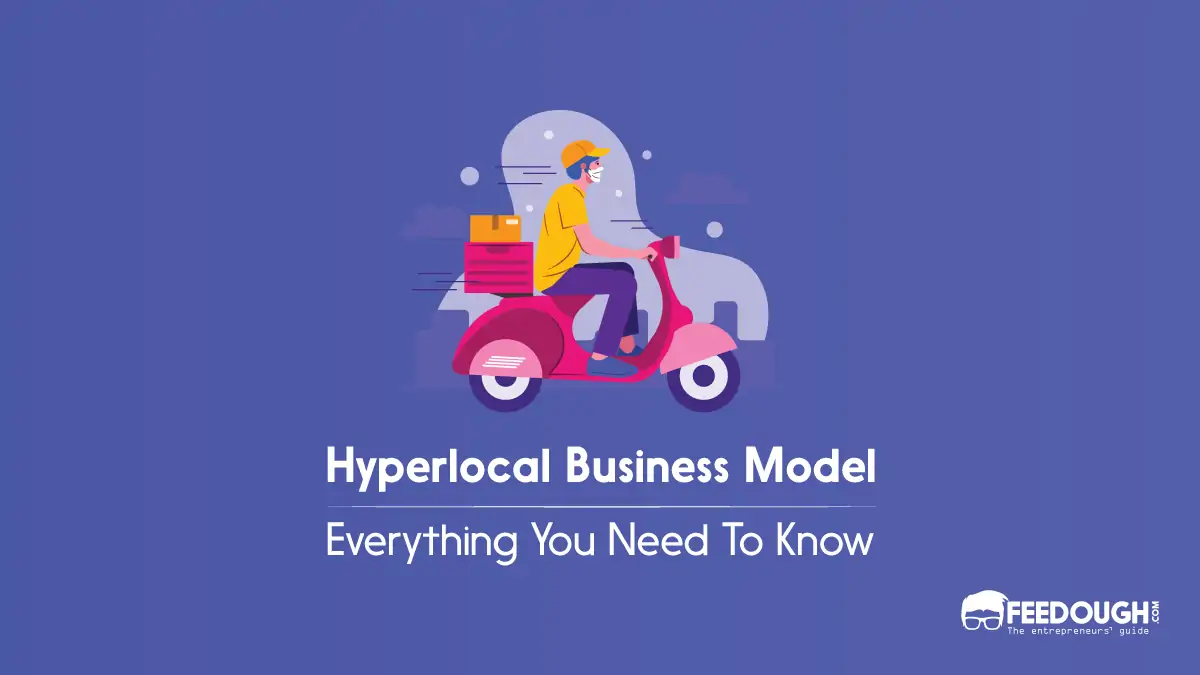
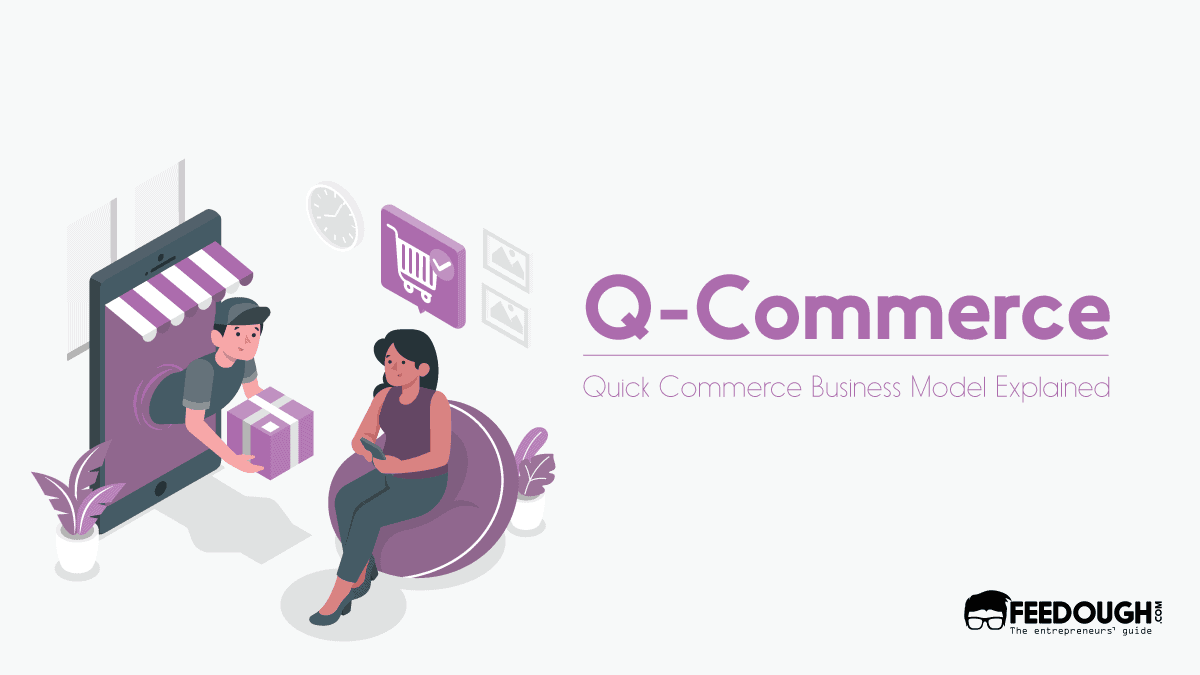
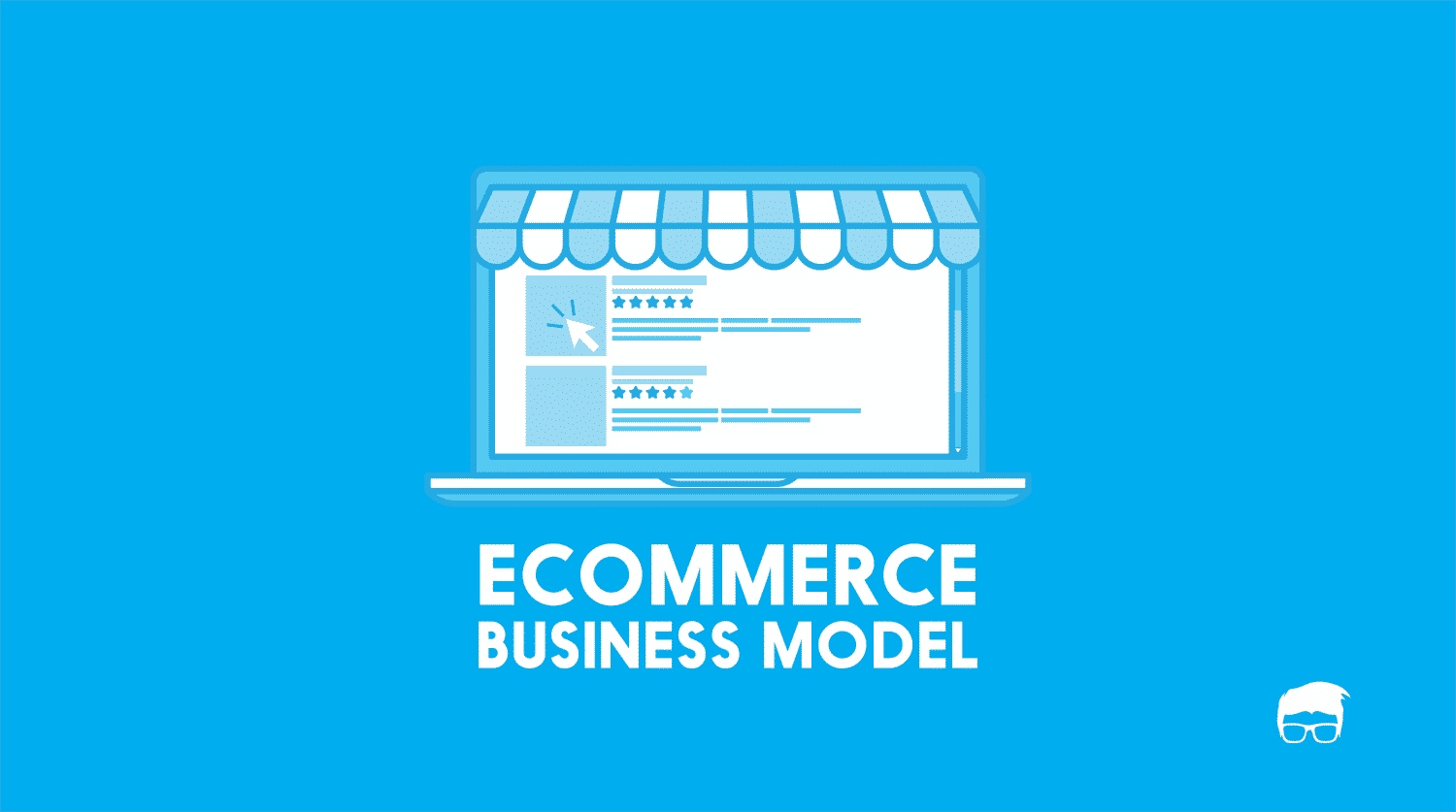

![20 Creative Ways To Make Money [Actionable Guide] creative ways to make money](https://www.feedough.com/wp-content/uploads/2022/11/creative-ways-to-make-money.webp)
